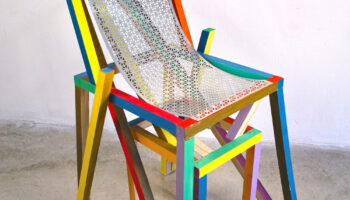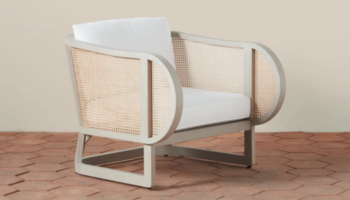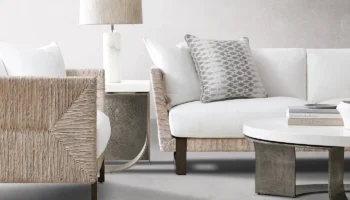Droog’s Bonechaise Re-defines Organic
Anyone having even a passing familiarity with Charles Darwin’s theories of natural selection and evolution will appreciate the concept behind Joris Laarman’s Bonechaise Lounge Chair (prototype for Droog), an aluminum and resin piece that “represents a series of works which are designed according to the way bones develop—growing where strength is needed and shrinking where it is not.” In its clever take on the way biological forms become increasingly efficient in response to a changing environment, Laarman’s piece evokes the idea of epochal change, especially in regards to strange adaptations.
Bonechaise. Designed by Joris Laarman for Droog.
One of the great things about Darwin’s theory is that it’s a living testament to the credo of “form follows function.” In other words, Darwin’s ideas about how outward appearances change to accommodate inward (read: “functional”) alterations can be taken as an enduring metaphor for good design. Just so with the Bonechaise, wherein—like other “paleo” or evolutionary-inspired work such as Orchis at Hadid, the Quarry Table, and P_Wall—the aesthetic is truly innovative.

Laarman arrived at his design with the help of automotive component software, which helped him create different scenarios for material allocation, weight, and architectural configuration. The result, a collection of extraordinarily strong and lightweight chairs with “cupped” seating surfaces and an under-structure straight from the mind of Tim Burton, challenges our notions about both “artificial” and “organic” principles of design. Bonechaise is currently in Droog’s prototyping phase, as Laarman continues to produce different incarnations of the “bone” principle. Let’s hope we see a final collection soon.
via DigsDigs




Leave a Reply